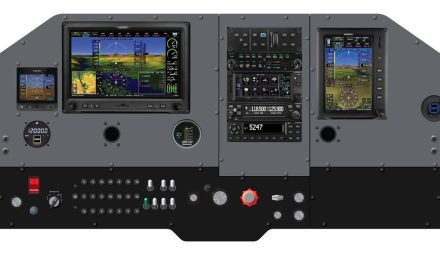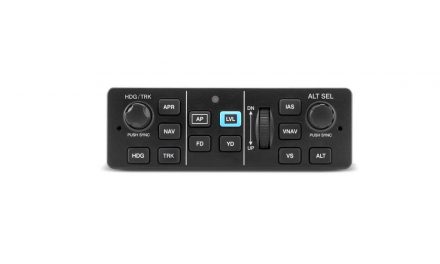I’m very fortunate to get to install, play with, and review the hottest products in general aviation. Most of the products that I review are excellent in design, manufacture, support, and functionality but sometimes I get a product that far exceeds my expectations. Occasionally, I have a few “Oh wow!” moments when I test these products for the first time. This article is on a product that exceeds expectations and it’s also one of those “Oh wow!” products: the uAvionix AV-30C combination heading and attitude display. I installed it in my Arrow panel as a backup attitude indicator after removing a Sandia Avionics 340 Quattro backup device. The Sandia is an excellent instrument, so it set the bar very high.
The AV-30 will modernize your older airplane and, frankly, you spend more time behind this instrument scanning it than any other instrument. I hear you thinking, what does this thing really cost before I go any further? Here’s how it works out:
- AV-30 for primary or secondary attitude indicator: $1,995
Sales tax (if applicable): $100 (approximate)
Shipping: $20 (approximate) - AV-30 for heading indicator: $1,995
Sales tax (if applicable): $100 (approximate)
Shipping: $20 (approximate) - About 8 hours of labor for AI and 12 hours for HSI at $100/hour: $800 (approximate) or $1,200
Total for one: $2,795 (plus tax and shipping)
Total for two: $5,990 (plus tax and shipping)
Additionally, if you remove both your attitude indicator and heading indicator, there’s likely no further use for your vacuum pump and plumbing. The FAA allows you to remove all of that and save somewhere between 15 and 30 pounds. If your aircraft has de-icing boots or a set of co-pilot instruments that are vacuum-driven, of course you won’t be able to remove the vacuum (or pressure) system.
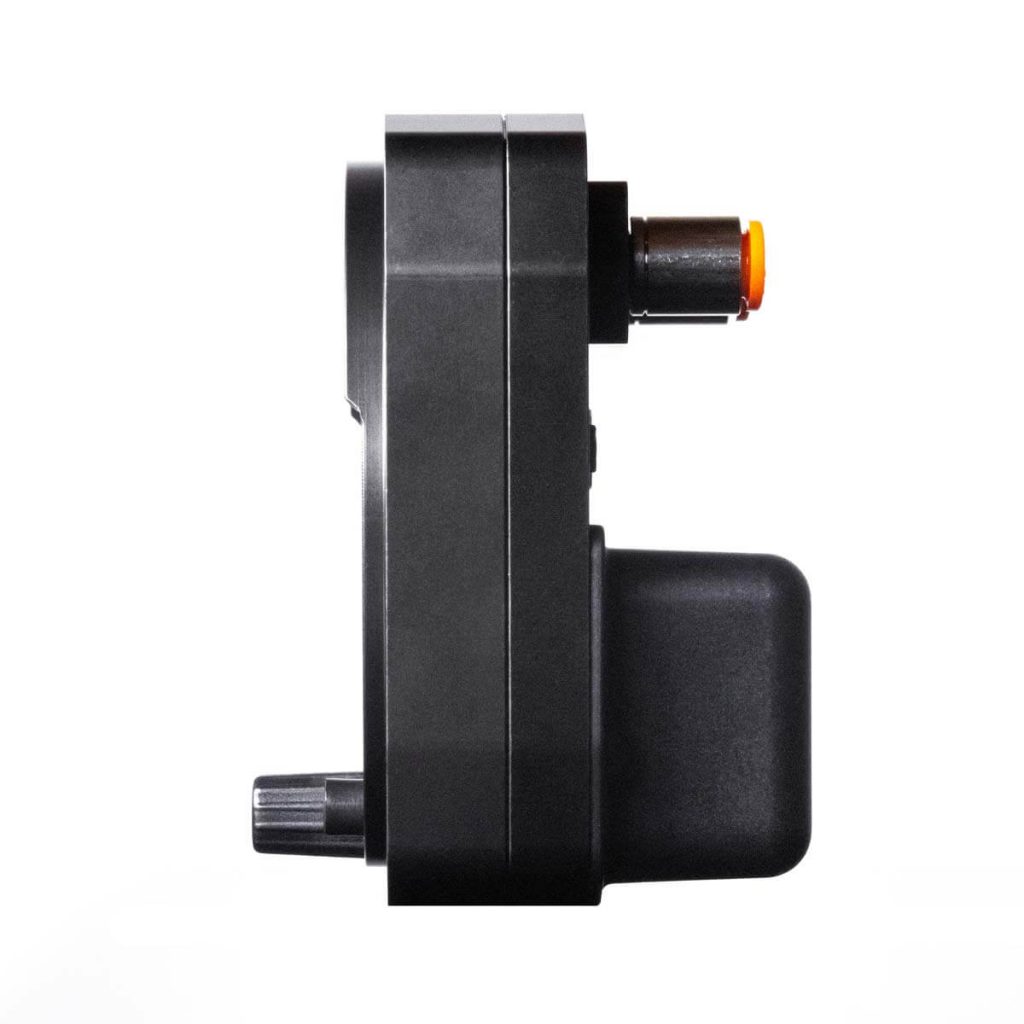
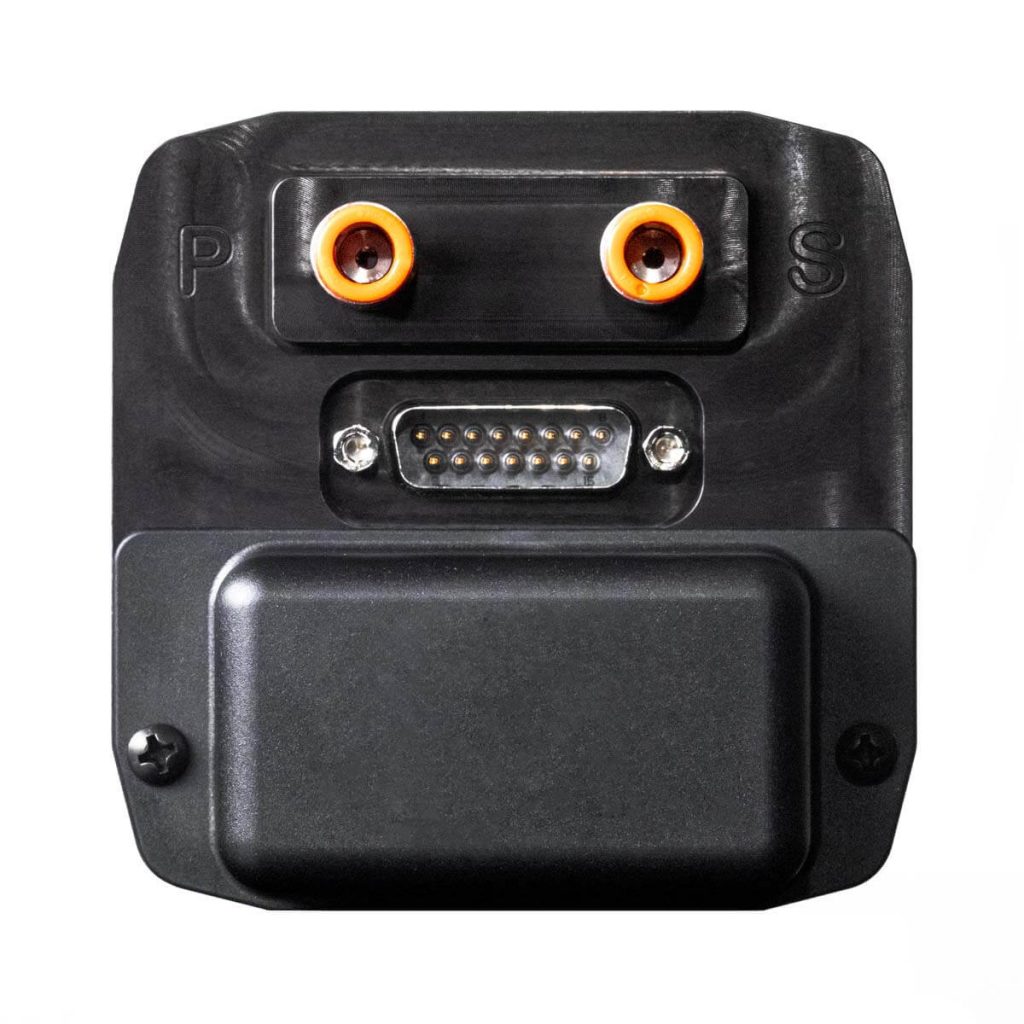
uAvionix Review: Master Pilot’s uAvionix PIREP
The AV-30C display is very bright and it doesn’t fade in sunlight. It is also very high resolution. This means the dot-size on the display is small enough that you really can’t see individual dots. The screen refresh rate is also very high so you really can’t detect any jerkiness in screen movement. Its motion control is very reminiscent of a mechanical instrument in that regard. Without any significant calibration, its display matches that of my Aspen Pro 1000 display, only the AV-30C is brighter. In all fairness to Aspen, I don’t have their latest and greatest Max display, which, I’m sure, is of the same caliber as the new uAvionix. Also, the fonts used on the AV-30C are very legible and easy to read. This is important when you pack a lot of information into a small area. Given that I wear bifocals, this is a big deal. My older Aspen also packs a lot of info onto a small area and, frankly, the uAvionix does a better job.
When doing your preflight with the AV-30 installed, it’s necessary to add “Update altimeter setting on all displays” to your checklist. In my plane, I have to update the Aspen, the steam gauge altimeter, and the AV-30C. That’s three instruments to update with every barometric pressure change. On the AV-30C, you press the center button that says “PUSH-SET,” rotate to the correct setting and press again and you’re done! Setting all three altimeters in my plane takes perhaps only 30 seconds.
uAvionix Links
- uAvionix Consultant Review: Avionics Consultant Reviews All uAvionix Products
- ADS-B in Canada (and uAvionix’s role in it)
- uAvionix Software Update Page
- uAvionix Receives STC for tailBeaconX
Other features
Angle of attack
I have AOA on my Aspen, so I didn’t turn it on in the AV-30C. However, they are both derived from mathematical computation and so there’s nothing additional to install in the airplane. Wondering if you’ll use AOA? Whenever I’m low and slow, I look at it. That means that I’ll glance at it when I’m maneuvering in the pattern. If I’m following a slow airplane with gear and flaps down, I keep an eye on it. It supplies an extra margin of safety that I’ve grown accustomed to. If you don’t have one already, the AV-30C is an affordable option to add that safety margin.
Indicated airspeed, altitude, rate of climb, and slip indicator
These functions may be displayed if you select the configuration options. I have them turned on as a backup to my Aspen. If the Aspen should blink out, I can change my scan immediately to the AV-30C. Since my S-TEC autopilot is driven by my turn coordinator, I don’t have any issue with my autopilot failing at the same time as the Aspen. In the event of a total electrical failure, my Aspen will provide battery power for 30 to 60 minutes. The AV-30C will provide battery power to a minimum of two hours. Two hours should be enough to get your aircraft on the ground safely. In my opinion, 30 to 60 minutes is not enough of a reserve. I definitely feel safer about having the AV-30C as my backup instrument.
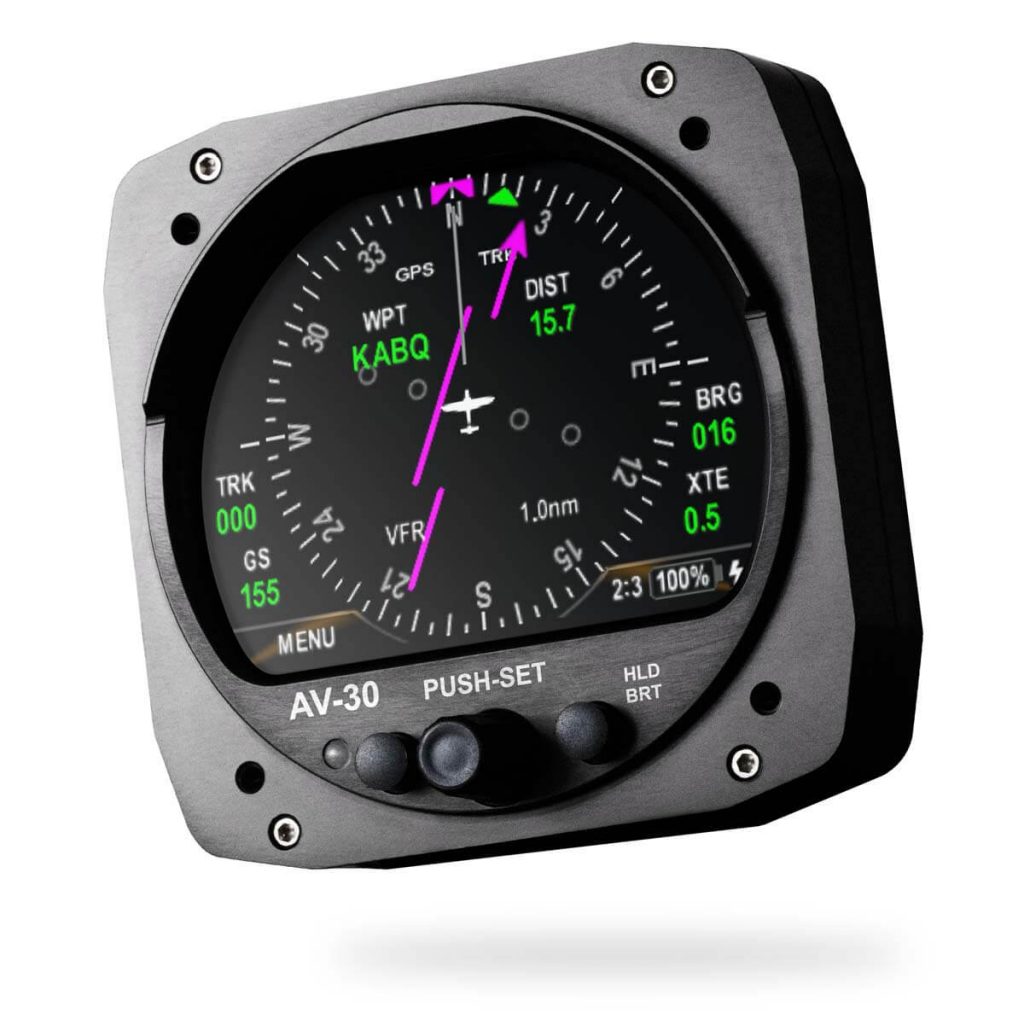
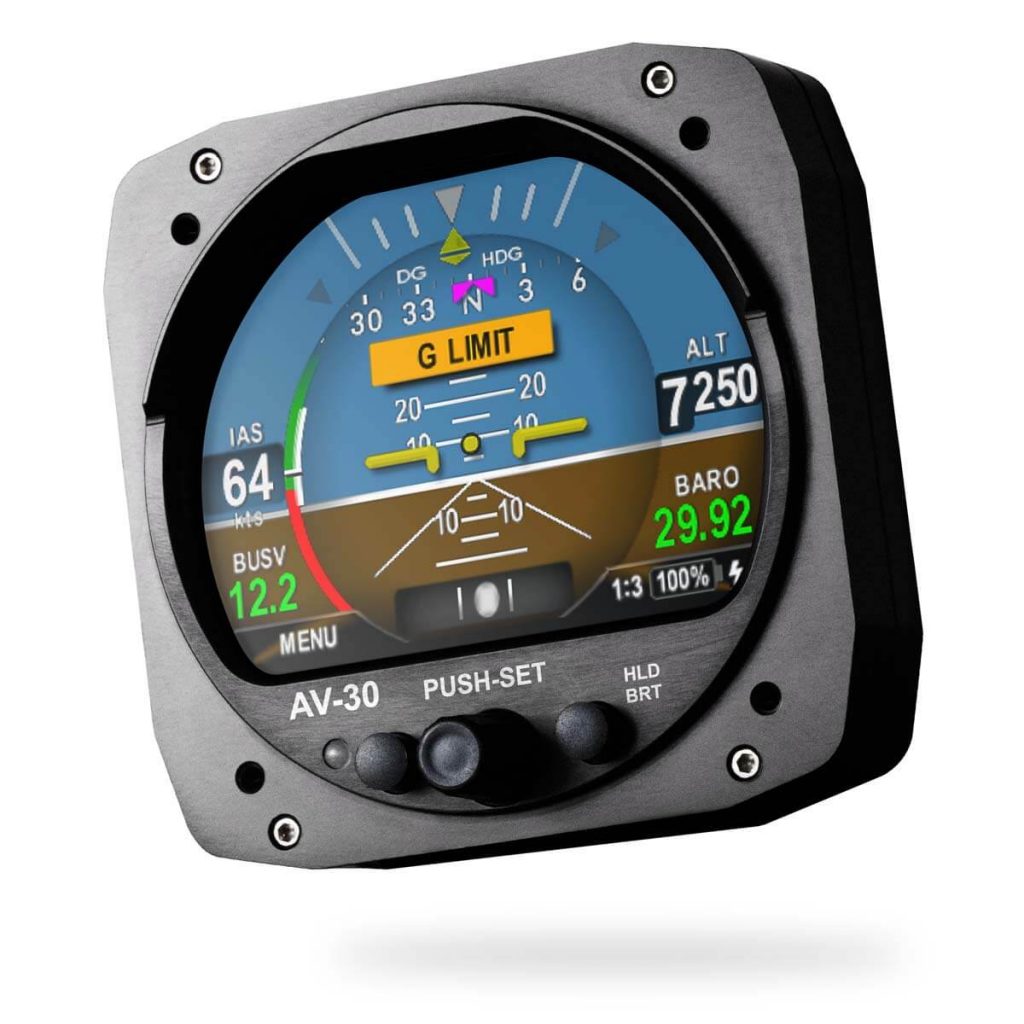
G-meter
I don’t have this turned on, but it’s an option for those of you flying aerobatic aircraft.
GPS navigational display
This functions in HSI mode and can display ground speed, bearing, cross track, and track in addition to the HSI in traditional 360 compass rose or Arc map mode. If you have two AV-30Cs, one in the attitude indicator position with the HSI beneath it, you have the ability to configure them for recursion in the event one of the two goes dark. This is a really good feature in an instrument as high a quality as this is.
Stacking up to the competition
So, how does the AV-30 compare with similar popular products? A Garmin G5 attitude indicator is $2,299 and the HSI indicator is $3,125, or $1,500 more than the uAvionix AV-30C. They tell you that you’ll need a GMU-11 magnetometer and a GAD-29 data interface, which adds additional expense. So, the uAvionix is looking like a much better deal.
What else should you know about this new device? First and foremost, it’s installed on the rear of the panel after removing your old attitude or heading indicator using the same four holes that were there. No panel cutting or drilling. It’s 3 1/8-inch just like your old instruments. Your pitot and static lines connect just like they did on the old instruments. Twelve or 24 VDC power will need to be connected and a 2-amp breaker added. Finally, for any GPS display on the heading unit you will need RS-232 wires from your GPS to the AV-30C. As a backup attitude indicator, it took my mechanic more time to do the paperwork, an FAA 337, than it did to install and configure the unit!
So, if the low cost and quick installation have you intrigued, the next question is, what does it do?
Here’s the full list functions:
- Primary attitude (I have this turned on in the Arrow).
- Primary slip (I have this turned on in the Arrow).
- Primary direction indication.
- Probeless angle of attack.
- Indicated airspeed (I have this turned on in the Arrow).
- Altitude (I have this turned on in the Arrow).
- G-meter.
- OAT/TAS/density altitude.
- Bus voltage (I have this turned on in the Arrow).
- GPS navigational display.
- GPS HSI/360 compass rose or Arc map mode.
In my installation I had the device locked in attitude/slip mode since it was a backup device. However, when unlocked (an option that you configure to your liking) a touch of the button on the front lower panel will cycle it through the other functions. So, if your primary attitude fails and you have two, you can push a button and turn your heading indicator into an attitude indicator. Or, if your heading indicator fails, you can push the button on the attitude indicator and turn your attitude indicator into a heading indicator. The list of configuration options is long, and you can configure what displays you want on any given screen and colors, too.
If all of this is whetting your appetite, I understand completely. Aspen has come out with a new, brighter display but my unit is older. While I’m very happy with the Aspen, you can see how much brighter and easier to read the uAvionix unit is. This is a very well-designed and well-manufactured unit. And for the price, it’s quite a bargain!
Here are some of the technical specs on this unit:
- Voltage required: 10-32 VDC. This means any GA plane with a battery.
- Input power used: 6-12 watts or .5-1 amps, 2-amp breaker required.
- Battery life after ship power failure: 2 hours typical (excellent).
- Weight: .5 pound.
- Warranty period: 2 years.
Read an update on the AV-30 from uAvionix.
Additional questions
Is my airplane on the approved mode list?
Most of our GA aircraft are on this list. However, the uAvionix website has the full list published.
Can this unit be used in IFR conditions?
If the aircraft is IFR certified, the pitot/static system will need to be tested and certified after the AV-30C is added to the system.
Is there autopilot capability?
Not yet, but soon. The initial autopilot support will be for S-TEC autopilots for heading functionality. This will use the APA-Mini converter the availability of which is coming but no date has yet been announced. After S-TEC is supported, it is anticipated that Century autopilot support will be next. The uAvionix website will be updated as autopilot support becomes available.
Why would I want to install this product?
Most of us have aircraft between 20 and 60 years old. Our vacuum systems and old gyro instruments have been vibrating and bouncing along for a very long time and they won’t be reliable forever. This is a low-cost (in airplane dollars) way to remove your old vacuum system in its entirety and replace with high-quality and high-functioning modern equipment. You’ll feel safer flying and, of course, it gives your panel a very modern look. I’m enjoying my AV-30C and if you get one in your primary position (mine is in the backup position) I’m sure that you’ll reach the same conclusion that I did. This is one awesome product!
Final thoughts
If you have an interest in this product, download the pilots guide from the uAvionix website and peruse it. My experience reading it was that anyone with an interest in purchasing this device will have a hard time not buying it after reading the manual. This is an incredibly thorough product with tremendous capability.
If you make it past this point and you’re still interested, download the installation manual and have your shop look at it. If they give it a thumbs up for the install (and I really can’t see why they wouldn’t), then you’re in.


